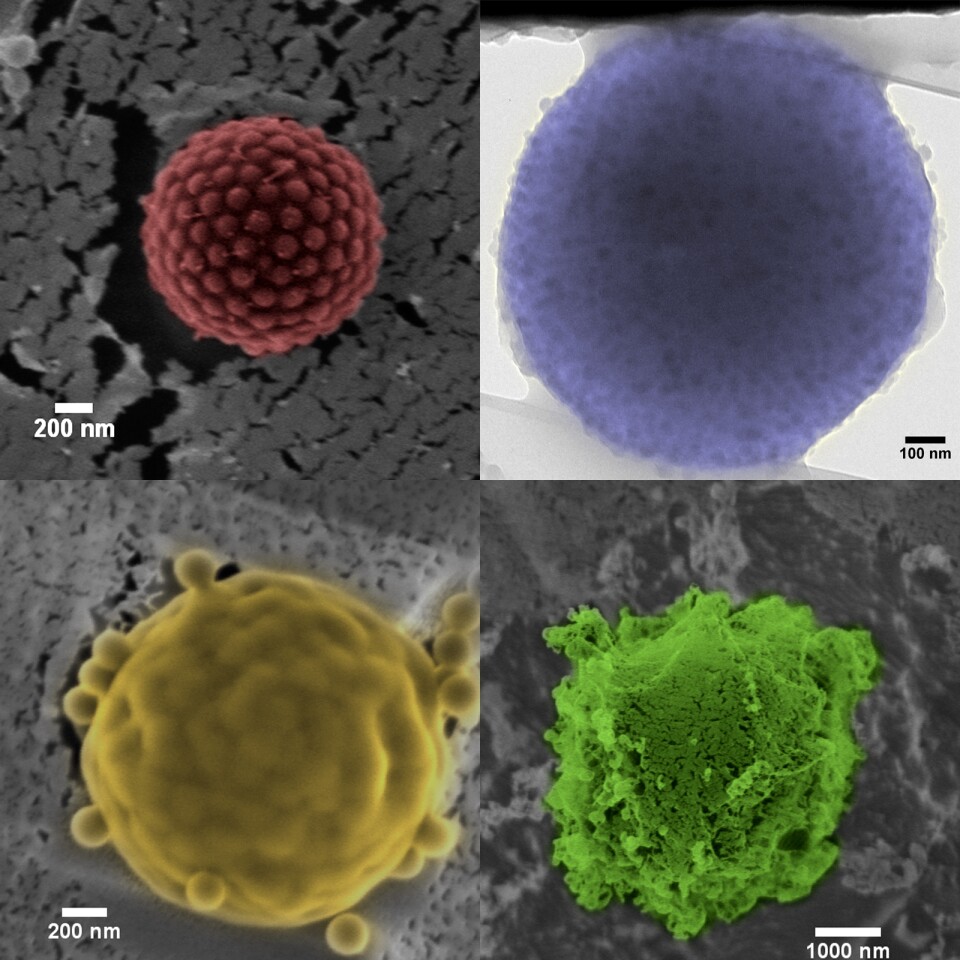One of the promising areas in the field of nanomedicine is the development of vesicles – microscopic polymer sacs, designed to deliver a payload of medication to specific sites in the body. Unfortunately, the body’s immune system often sees these vesicles as intruders, sending antibodies to thwart them in their mission. Now, drawing inspiration from plankton and bacteria, chemists from the University of Warwick are developing armor coatings that should help vesicles to withstand or avoid those attacks.
“We took our inspiration from nature, in how it adds protection and mechanical strength in certain classes of cells and organisms,” said Warwick lead researcher Dr. Stefan Bon. “In addition to the mechanical strength provided by the cytoskeleton of the cell, plants, fungi, and certain bacteria have an additional cell wall as outermost boundary. Organisms that particularly attracted our interest were those with a cell wall composed of an armor of colloidal objects – for instance bacteria coated with S-layer proteins, or phytoplankton, such as the coccolithophorids, which have their own CaCO3-based nano-patterned colloidal armor.”
Applying this model in the laboratory, Bon’s team was able to successfully bond a variety of colloidal nanoparticles to the surface of vesicles by giving the particles a charge opposite to that of the polymer sacs.

One simple and effective form of armor they developed involved coating a vesicle with a uniform packed layer of microscopic polystyrene balls. This type of outer defense allowed the vesicle itself to be designed with a permeable skin for easy drug release.
Using the same technology, they were also able to add a hydrogel “stealth” coating. This was able to absorb so much water, that it could conceivably fool the immune system into perceiving the vesicle as nothing but water.
To view their handiwork, the scientists used their new cryo electron microscope to freeze the vesicles to -150C (-238F) – the alternative would have been to dry the vesicles out for viewing, which would have distorted them.
The research was recently published in the Journal of the American Chemical Society.
All photos courtesy University of Warwick






